Mountain Review: Breckenridge
MOUNTAIN SCORE
CATEGORY BREAKDOWN
See our criteria8
Snow:
7
Resiliency:
8
Size:
9
Terrain Diversity:
8
Challenge:
7
Lifts:
5
Crowd Flow:
8
Facilities:
4
Navigation:
9
Mountain Aesthetic:
GOOD TO KNOW
1-Day Ticket: $186-$255
Pass Affiliation: Epic Pass
On-site Lodging: Yes
Aprés-ski: Extensive
Nearest Cities: Denver (2.5 hrs)
Recommended Ability Level:
+ Pros
Terrain diversity
Conveniently accessible high-alpine bowls
Well-placed mountain facilities
Lively town
– Cons
Ease of navigation
High wind exposure in some areas
Altitude that can be overwhelming for some
MOUNTAIN STATS
Lifts: 31
Trails: 187
Beginner: 14%
Intermediate: 31%
Advanced/Expert: 55%
RECENT ARTICLES
VIDEO
Mountain Review
Planning a major destination ski trip this winter? With nearly 3,000 skiable acres and elevations of up to almost 13,000 feet, Breckenridge has long been an incredibly popular choice.
Breck gets a lot of things right, with high-alpine bowls, diverse slopes, and top-tier terrain park features. However, issues with wind exposure and resort logistics keep the mountain from being best-in-class, and the high altitude isn’t for everyone.
Ski and Snowboard Terrain
Breckenridge really stands out thanks to the diversity of its skiable terrain. The resort has essentially every terrain type you can think of, from regular trails, to glades, to wide-open bowls. Breckenridge consists of 5 mountains in a row—Peaks 6 through 10—and 3 distinct base areas. This setup delivers an exceptionally wide footprint and substantial acreage for a wholly front-facing resort.
Breckenridge’s exceptionally wide footprint features five mountains in a row.
Beginner Slopes
A couple of Breckenridge areas on Peaks 8 and 9 cater to beginners, but the resort ultimately isn’t the best for less-experienced visitors. The lower part of Peak 9 contains the resort’s most popular beginner terrain, with an abundance of mellow slopes. However, there are no blue or black alternatives for more aggressive skiers in this area—this causes an unwelcome mix of ski traffic on all trails here and can be unsettling for those learning.
The less-trafficked beginner pods on Peak 8 are much more insulated, and with Rip’s Ride’s recent upgrade to a high-speed quad, this area has become much more desirable than in years’ past. However, Peak 8’s beginner zones are still small with limited terrain. Breck is not the best mountain for beginner-to-intermediate progression, and none of Breck’s greens can even be accessed from mid-mountain lifts.
TRAIL MAP
Intermediate Slopes
Breckenridge offers a much wider array of intermediate terrain. Blue runs cover the vast majority of lift-serviced Peak 6 and 7 acreage and a sizable portion of Peaks 8 and 9. Most of this terrain consists of below-treeline cruisers, but the upper Peak 6 area provides a unique opportunity for intermediate bowl skiing. Peak 7 is also a good area for intermediates to test the waters in glade runs. Most blue trails are typically-rated for their difficulty, but the Peak 6 blues are a bit harder than the rest, with pitches that are frankly comparable to some easier groomed blacks elsewhere at the resort. Breck’s intermediate runs are mostly consistently groomed, but a few blues, chiefly on Peak 6, can build up moguls. There are a few blues that are partially ungroomed on one side and groomed on the other, making for good environments to practice bumps.
Breckenridge offers a well-rounded variety of intermediate slopes across four of its five peaks.
Terrain Parks
Breckenridge’s freestyle terrain is still competitive, but it’s nowhere near as crazy as it used to be. Three sizable terrain park areas boast features ranging from small to large, including boxes, rails, jumps, and a banked slalom. However, the extra-large features Breckenridge was once known for are now a thing of the past. Most notably, the old Freeway Terrain Park, with its 22-foot superpipe, has been put out to pasture.
RECOMMENDED SKIS FOR BRECKENRIDGE
NOTE: We may receive a small affiliate commission if you click on the below links. All products listed below are unisex.
Advanced and Expert Slopes
The vast majority of Breck’s harder terrain lives in mid or upper-mountain areas. Guests will find the best below-treeline black trails and glades off the mid-mountain E Chair, 6 Chair, and Falcon SuperChair, with a few steep groomers off the latter that allow for serious speed runs. The Peak 8 SuperConnect services some great double blacks as well, but these can get windswept at times. These runs are steep, mogully, and challenging—but short compared to hard trails at places like Keystone and Vail. On many of these trails, it’s common to get stuck on catwalks to get back to the nearest chairlift.
A few of Breck’s Peak 8, 9, and 10 blacks are a bit easier than the other similarly-rated trails; these runs had a now-decommissioned “blue-black” rating prior to 2010, and you can see which specific runs had the old rating by looking at an old trail map.
Breckenridge’s bowls offer some of the highest lift-serviced skiing in the world.
High-Alpine Bowl Terrain
Breckenridge’s bowls offer some of the highest lift-serviced skiing in the world, boasting conveniently lappable above-treeline terrain. These slopes span three of Breckenridge’s five peaks, and guests can often find hidden powder stashes with a bit of traversing. Those willing to hike can get to barely-tracked snow.
Breckenridge’s only extreme terrain requires hiking to reach—you won’t find chutes or cliffs directly off the lifts. But once you’re up in these areas, you’ll find that the Lake Chutes and Six Senses areas hold their own against the toughest in Colorado, with cornice-lined entries, rock-riddled lines, and essentially no room for error on the toughest runs.
Breckenridge also offers easy access to backcountry terrain, which is completely unpatrolled and should not be entered without a guide for those unfamiliar.
Altitude
Don’t be surprised if you need a break, because Breckenridge’s altitude is incredibly high, even among Colorado resorts. Those not used to the elevation may find themselves struggling to exhibit energy here. Be sure to use caution before attempting anything risky.
Breckenridge’s most extreme terrain exists in its high-alpine hike-to zones, with tenuous chutes made even tougher by the thin air.
Snow Quality
Breckenridge’s snow totals are strong, matching those of upper-tier Front Range destinations. The resort sees its fair share of powder days each winter, especially later in the core season. Even some good April storms aren’t out of the ordinary. But even if a season gets off to a rough start, Breckenridge employs snowmaking in multiple mid- and lower-mountain areas to ensure a resilient base layer.
Breckenridge’s Colorado Front Range location furnishes it with strong snow totals, with significant storms continuing through April.
High-Alpine Conditions
Breckenridge’s bowls often maintain excellent snow preservation, and the unimpeded views of neighboring peaks are incredible on a nice day. But the terrain up here is heavily exposed to the elements, and wind can sometimes become intolerable. In addition, conditions at times are windswept and crunchy, and it’s hard to tell what’s ahead of you when flat light occurs. Some bowl areas, such as Imperial and the T-Bar, tend to stay closed for significant portions of the season due to these circumstances.
Breckenridge’s high-alpine lifts regularly experience wind holds due to their considerable exposure.
Mid and Lower-Mountain Conditions
The snow at Breckenridge is often best in mid-mountain areas, where the resort faces less wind exposure and sees generous accumulation throughout the season. Lower mountain areas typically see somewhat more variable conditions, but early-season snowmaking ultimately provides resiliency and helps to lengthen the season. Snow totals overall are competitive with other destination Colorado resorts, and the mountain sees its fair share of powder days each season.
RECOMMENDED SNOWBOARDS FOR BRECKENRIDGE
NOTE: We may receive a small affiliate commission if you click on the below links. All products listed below are unisex.
Spring Skiing
In recent years, one of the benefits about Breckenridge has been its spring skiing season. The resort now has one of the latest closing dates in Colorado, staying open through mid-to-late-May, depending on the snowpack.
There is a catch, however. Breck’s staff aren’t employed to continue in every resort area, and select mountain zones gradually close starting in mid-April, even if conditions are still appropriate for skiing. By the end, it’s usually just Peaks 7 and 8 that are open.
Breckenridge boasts a wide range of on-mountain lodges, ranging from no-frills warming huts to full-service restaurants.
Facilities
Due to its exposure, conditions can often become windy or stormy at Breckenridge, and temperatures tend to be a few degrees colder than at other Colorado resorts due to the elevation. Luckily, plenty of lodging facilities are present around the resort. Most major mid-mountain areas have lodges or huts, meaning you never have to ski far to get inside for a break.
Lifts
Breckenridge’s lift infrastructure is mostly modern, but it could be a bit better logistically. On the plus side, most areas are serviced by high-speed lifts, and the expansive base town offers lift or gondola service from far-away areas (although the parking lots in town are no longer free). Capacity at the crowded Peak 8 base is quite high, with two express lifts and two fixed-grip helper lifts, and the new Freedom SuperChair on Peak 7 has significantly relieved crowds in that area. And some lifts here are just unique—the Snowflake lift has an unusual 45 degree turn in the middle on the uphill side (and a much more complicated turn that has to be seen to be believed on the return), and the Imperial Express SuperChair is the highest lift in North America.
Breckenridge’s Imperial SuperChair is the highest chairlift in North America, topping out at 12,840 feet.
Crowd Flow
If you’re looking to do laps on a busy day, Breckenridge is not the place. Lines at Breckenridge’s main beginner lifts are just plain horrendous, with the Quicksilver SuperChair and 5-Chair being profound chokepoints due to the general lack of green terrain elsewhere at the resort. Some loading areas are inconsistently placed, especially at Peak 9, causing loading issues that cascade into backups. Two-thirds of the Peak 8 SuperConnect’s chairs load at the base station, so lines at the popular mid-station become lengthy.
These logistical problems especially hurt on weekends and holidays, when the resort tends to get heavily trafficked. On days like this, lift lines tend to become really long, especially at the bases.
Breckenridge is one of the most popular ski resorts in North America, and it gets packed during peak times.
Navigation
Breckenridge’s setup makes it relatively arduous to navigate between mountain areas. From basically anywhere on Peak 9 or Peak 10, you have to take the Peak 8 SuperConnect lift to get to Peaks 6, 7, or 8. Skiing from Peak 8 to Peak 7 requires navigating quite a bit of flat terrain or taking a gondola between the two base areas. The only access to the Imperial Express comes from the heavily-exposed T-bar or the slow Chair 6 lift (which is confusingly actually on Peak 8). In addition, access to Peak 6’s Kensho SuperChair requires either a lengthy traverse or a ride up the slow, fixed-grip Zendo Chair. And if you don’t want to take the Zendo Chair, finding that traverse is just plain confusing; in fact, the only entryway is hidden behind the Pioneer Crossing restaurant.
On the plus side, getting from lower-numbered peaks to higher-numbered ones isn’t as difficult, and at least one base area is accessible from every part of the mountain. Additionally, all major lower mountain chairlifts include helpful safety-bar-mounted trail maps.
The resort’s lifts close strictly at 4pm, so you’ll want to make sure to end up at the right base at the end of the day.
Getting between certain mountain areas can be fairly strenuous, especially for snowboarders.
Getting There and Parking
Like other Colorado Front Range ski areas, Breckenridge’s closest city is Denver. With no traffic, the resort is about two hours from the Denver International Airport—however, weekend drives often come with serious backups on I-70, the main highway to the resort. Visitors can also fly into the Eagle County Regional Airport, which is just over an hour from the resort but typically pricier to fly into. A number of shuttle services exist to and from both airports.
It’s worth noting that Breckenridge no longer offers free lift-serviced parking, with only the Airport Road parking lot remaining complimentary. Guests who don’t want to pay for parking should bake in an extra 20-30 minutes at the beginning and end of the day to take the shuttle between this lot and the BreckConnect Gondola. Other lots range between $5 to $20 per day, depending on demand.
Driving guests who don’t want to park at the faraway Airport Lot should prepare to pay for parking.
Lodging
Breckenridge offers a variety of lodging options both slopeside and in town. Each base area offers upscale ski-in/ski-out hotels and condos with pools and hot tubs. The bulk of lodging in town is only a short walk from the Snowflake lift or BreckConnect gondola, and some ski trails go directly downtown, offering easy ski-in access. Many hotels and condos are walking distance from attractions in town. For those looking to save money or meet people, there are two hostel options in town as well.
Aprés-ski
You’ll find extensive aprés-ski options in this former mining town—and you’ll start feeling things quickly if you’re not used to the altitude. Each base area has at least one slopeside bar, but the best ones are T Bar at Peak 8 for happy hour or Maggie’s at Peak 9 for live music. In town, you’ll have access to several bars with vibes ranging from casual to lively. Many feature live music or DJs. For trivia lovers, Broken Compass Brewing offers competitions on Tuesdays while Rita’s offers them on Thursdays. The Breckenridge Distillery—the highest distillery in the world—offers a free tour with complimentary tastings.
Breckenridge sits next to an excellent town with lots of activities once the slopes close.
Verdict
For most, Breckenridge’s size, terrain diversity, and conveniently accessible bowls will deliver a well-rounded package. But the altitude here can be overwhelming for some, conditions in the heavily exposed bowls can be hit-or-miss, and navigating this wide resort can be exasperating. In addition, the resort is a risky bet for key weekends and holidays due to its lift lines.
Pricing
Ticket prices are extremely steep, now cresting over $200 during peak times, making the cost of entry tough to justify if you don’t have an Epic Pass. If you plan to come for a few days, consider staying in Breckenridge’s excellent resort town and splitting your time with other closeby Epic resorts.







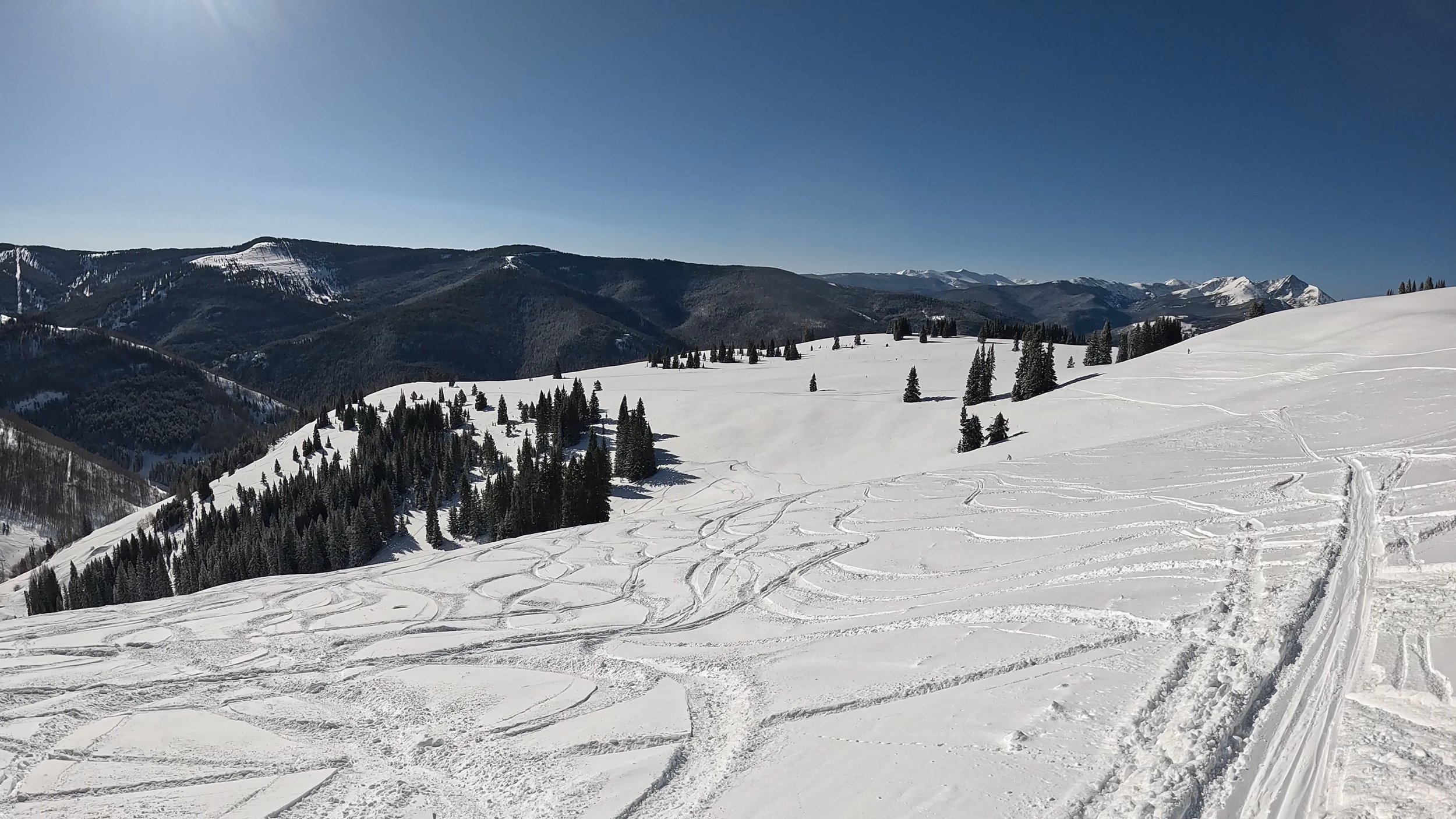
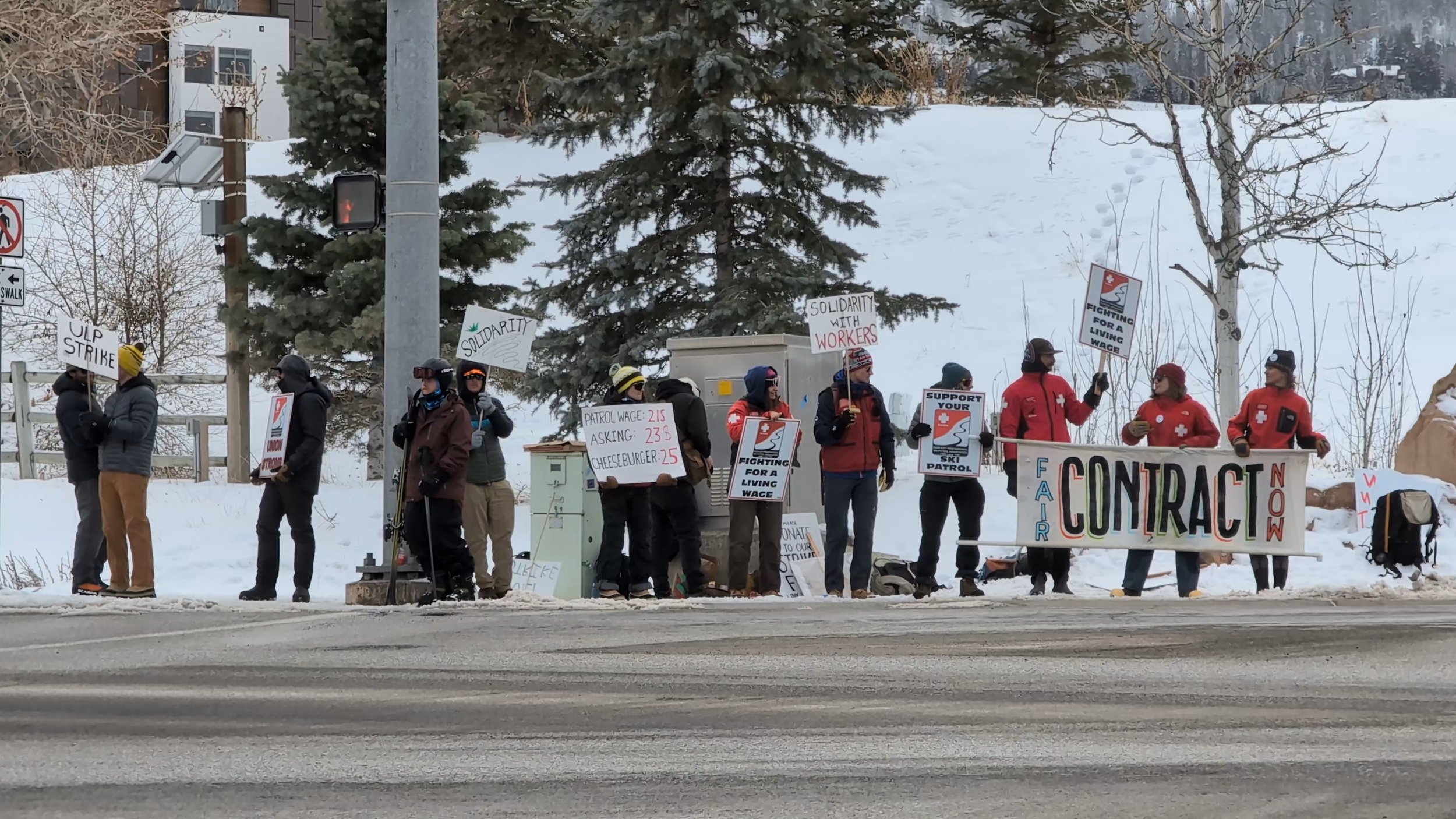
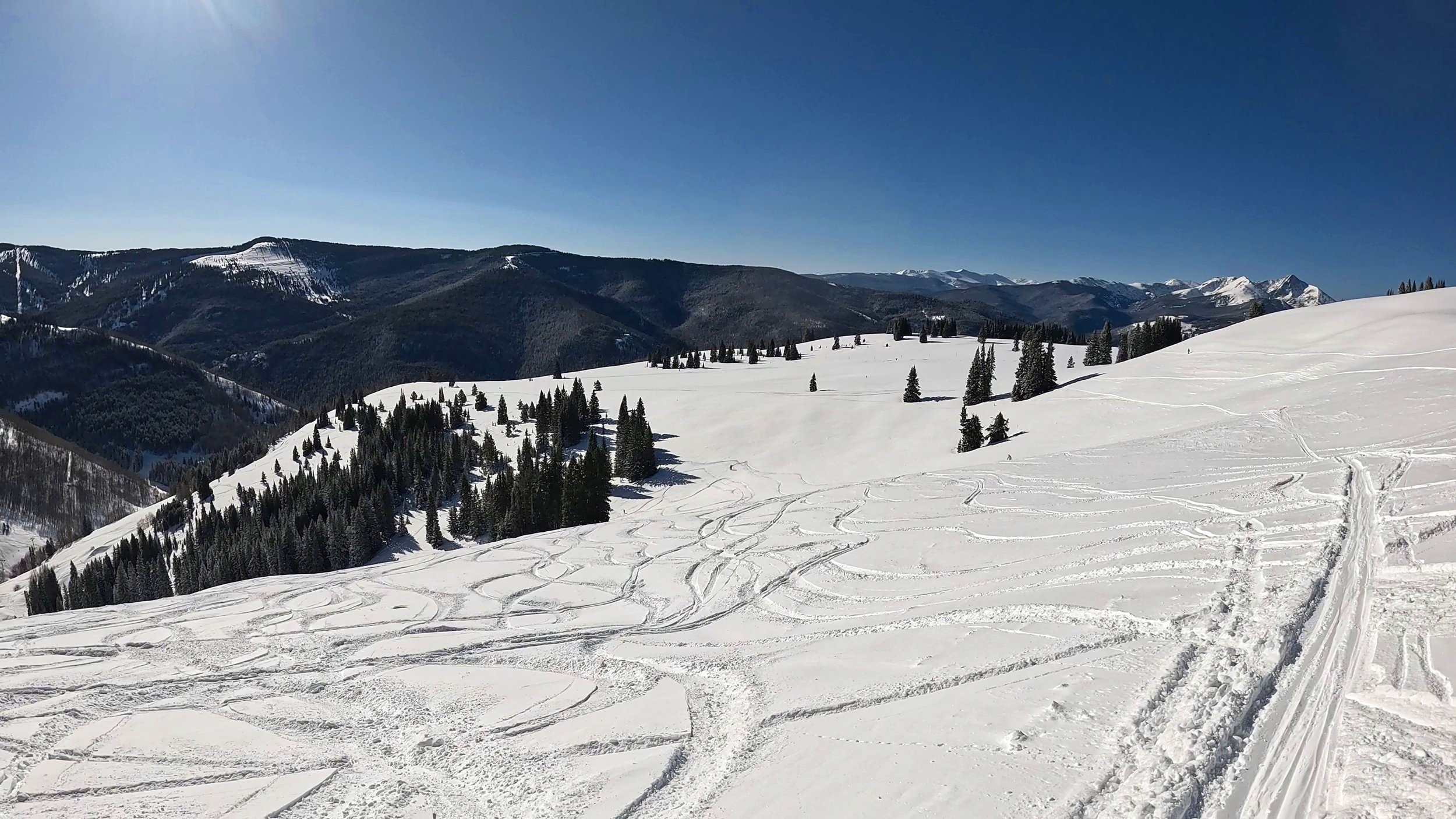
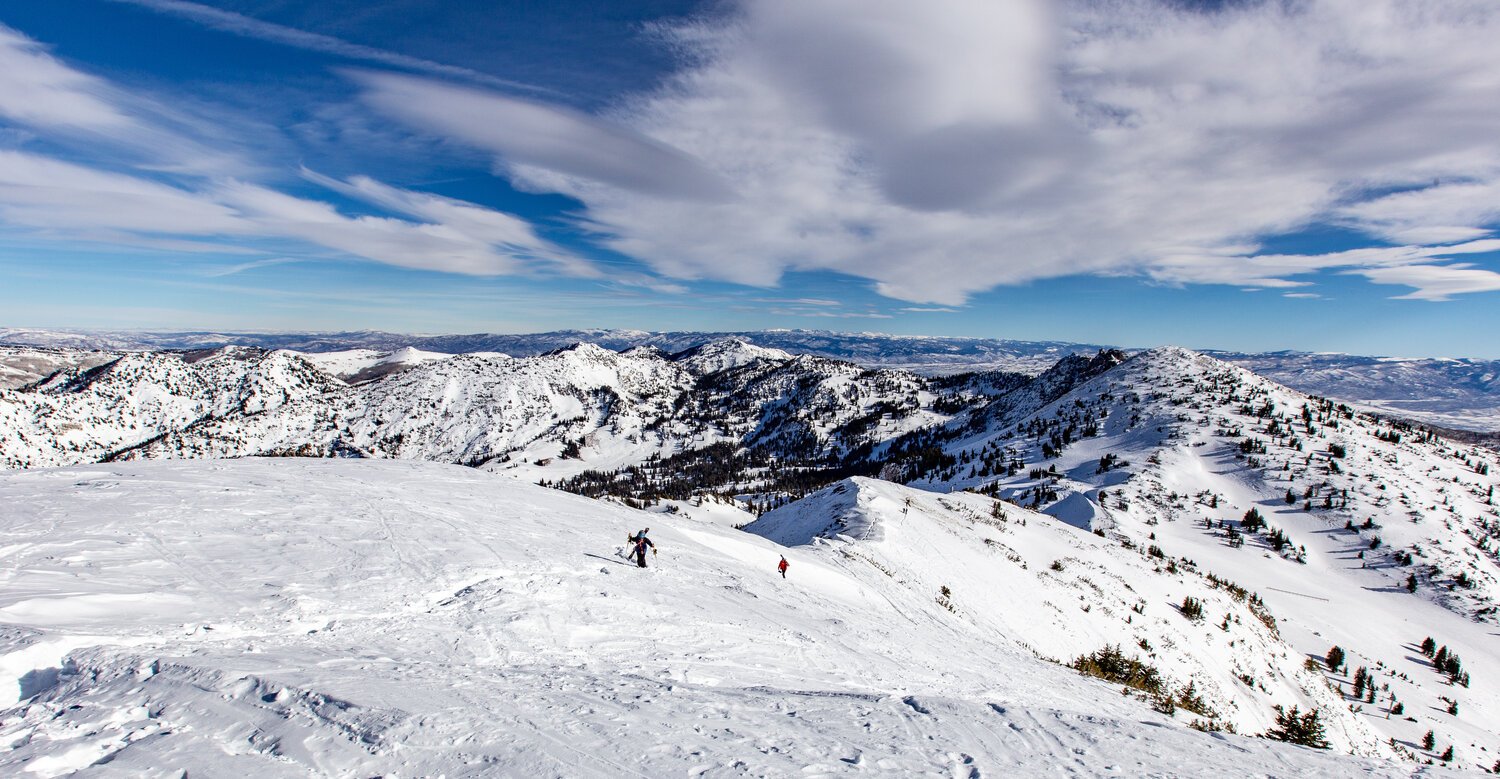
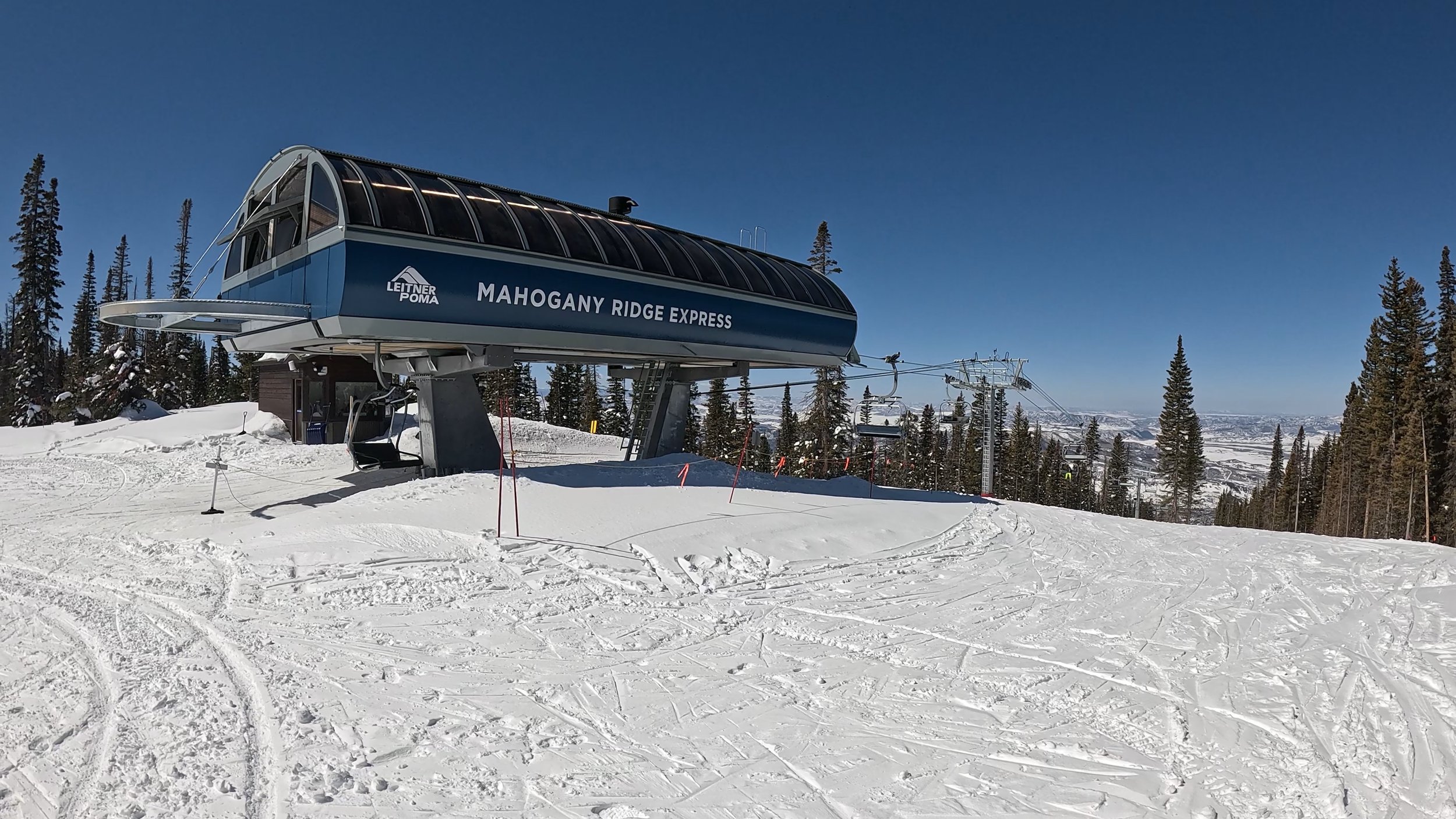
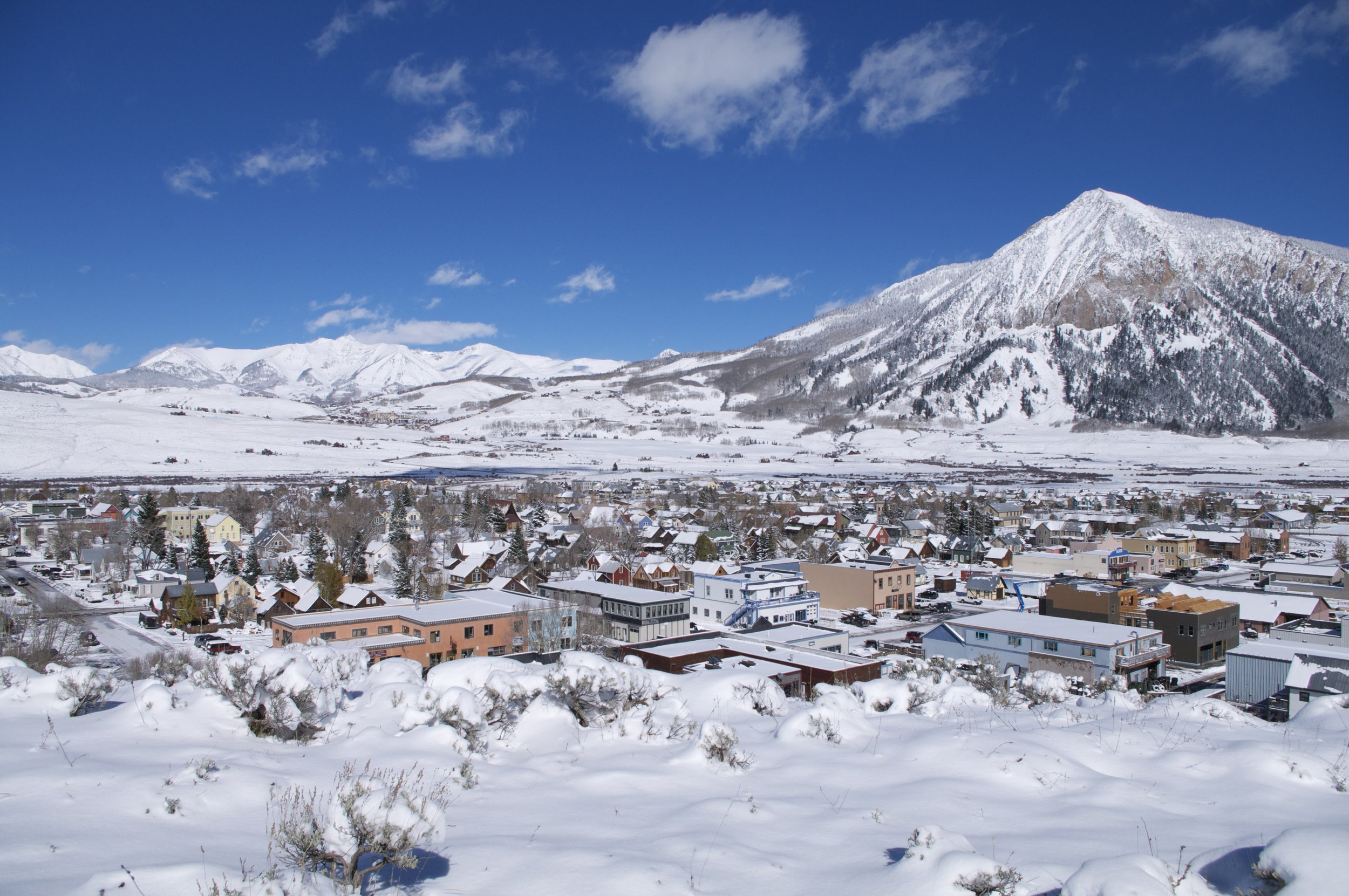
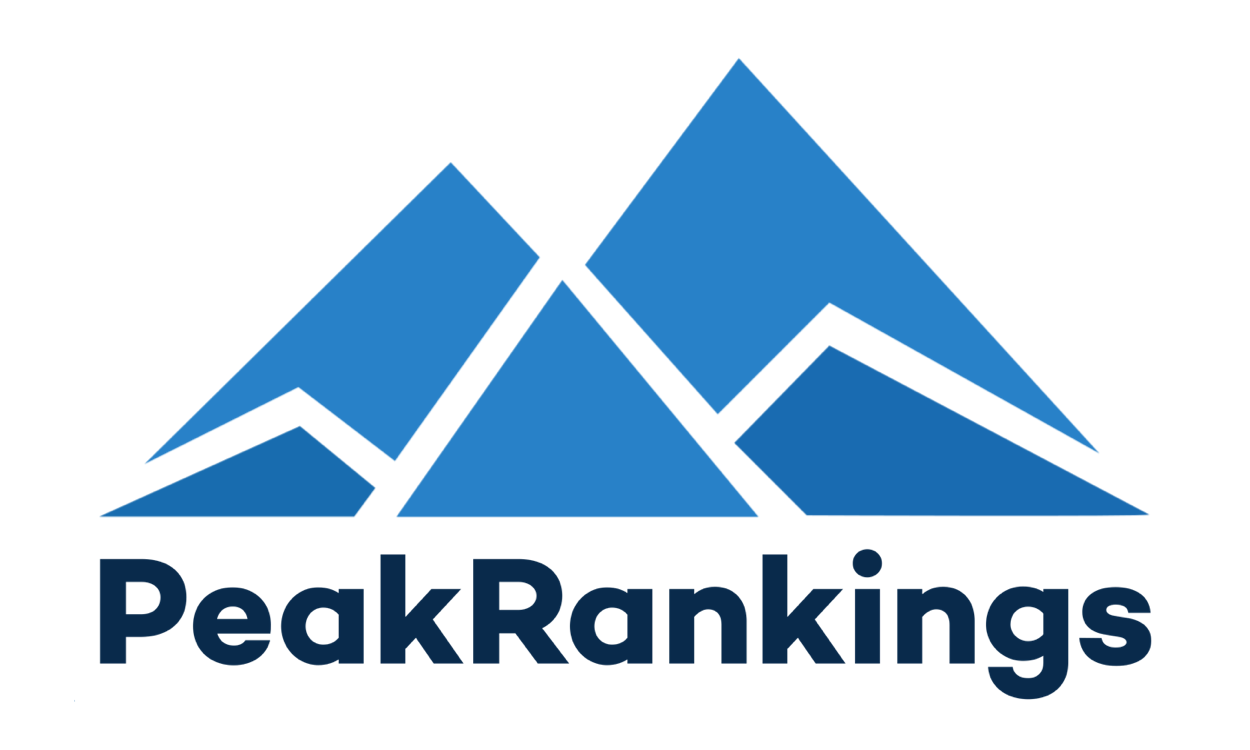
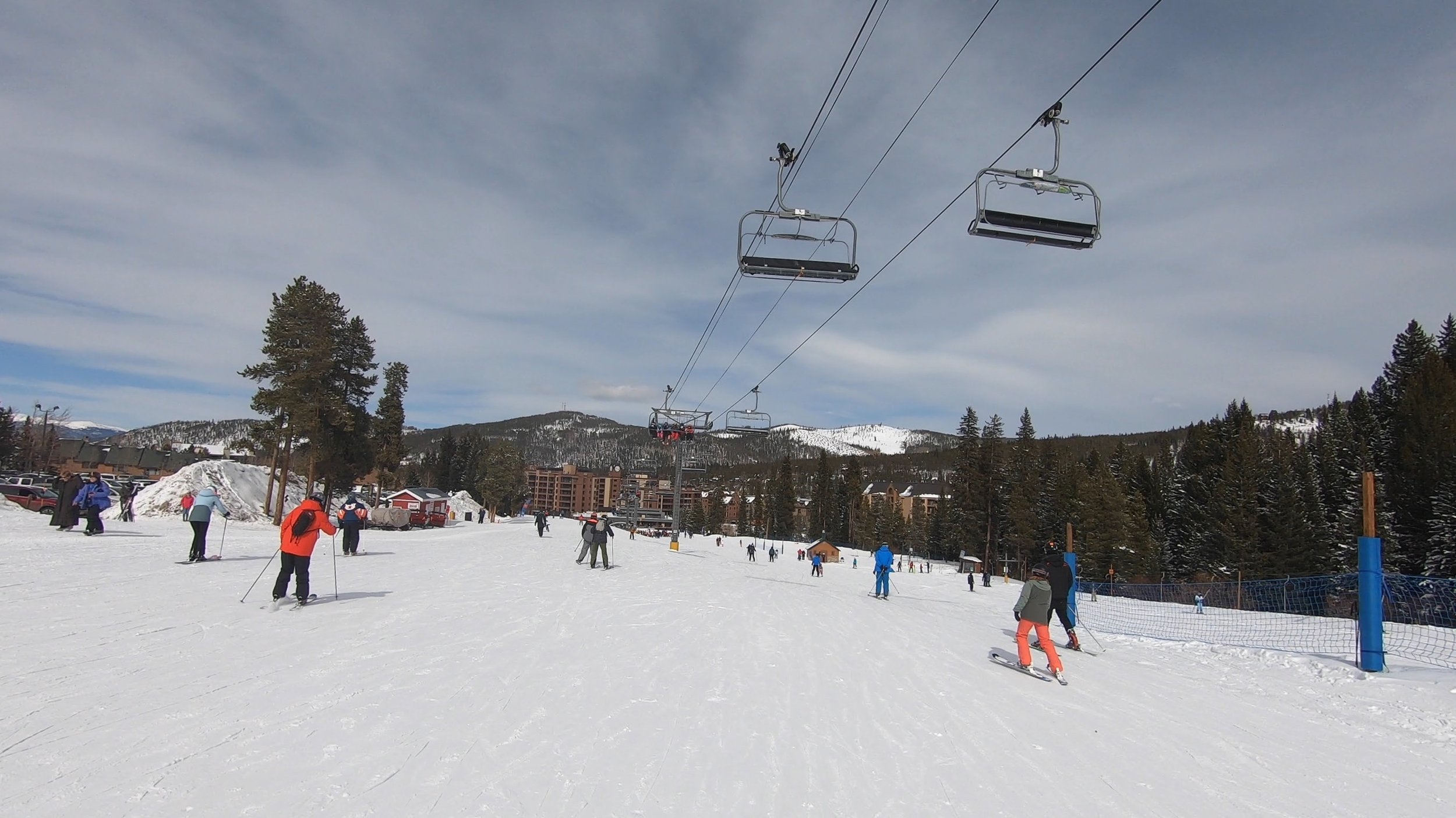
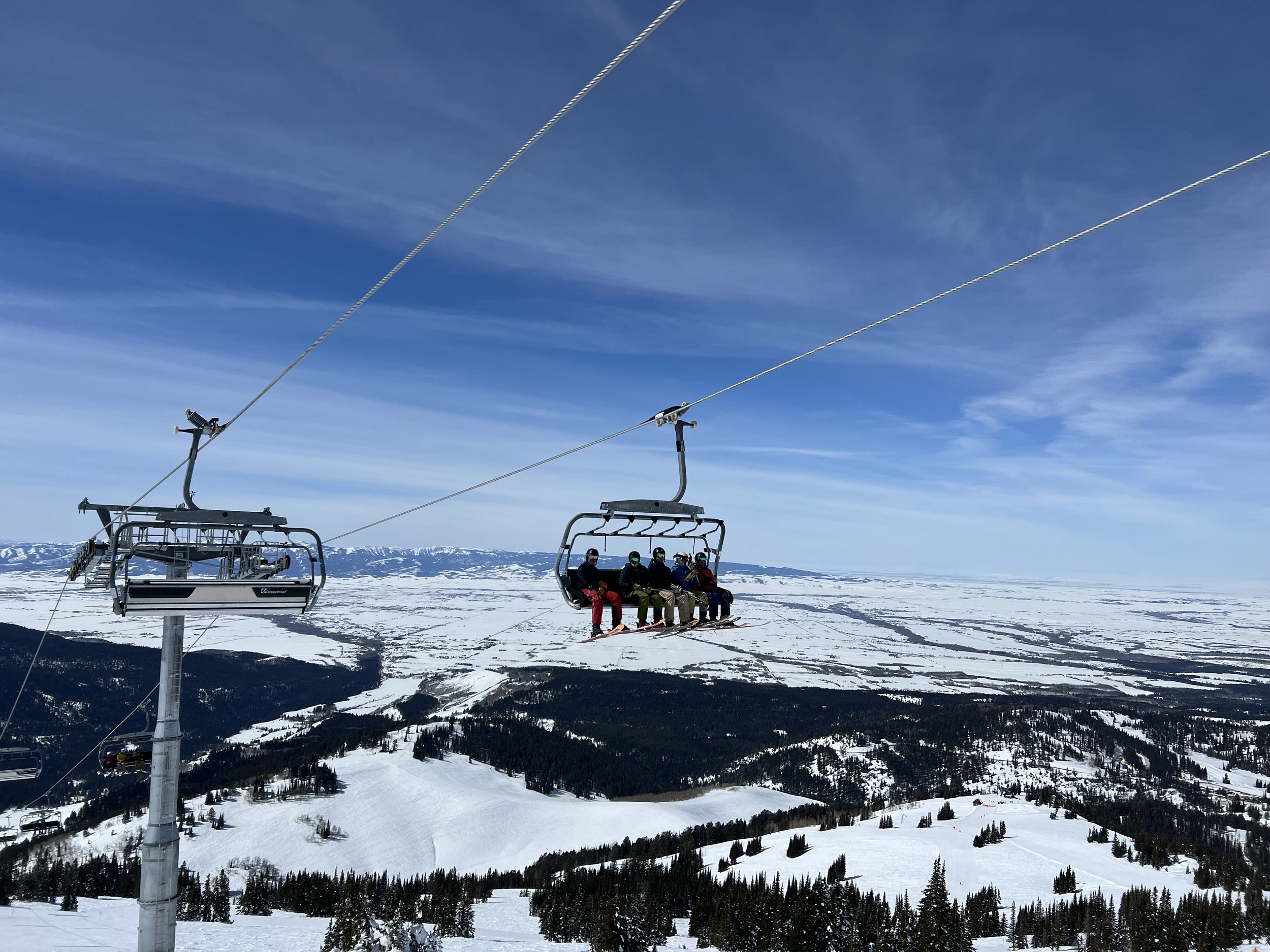






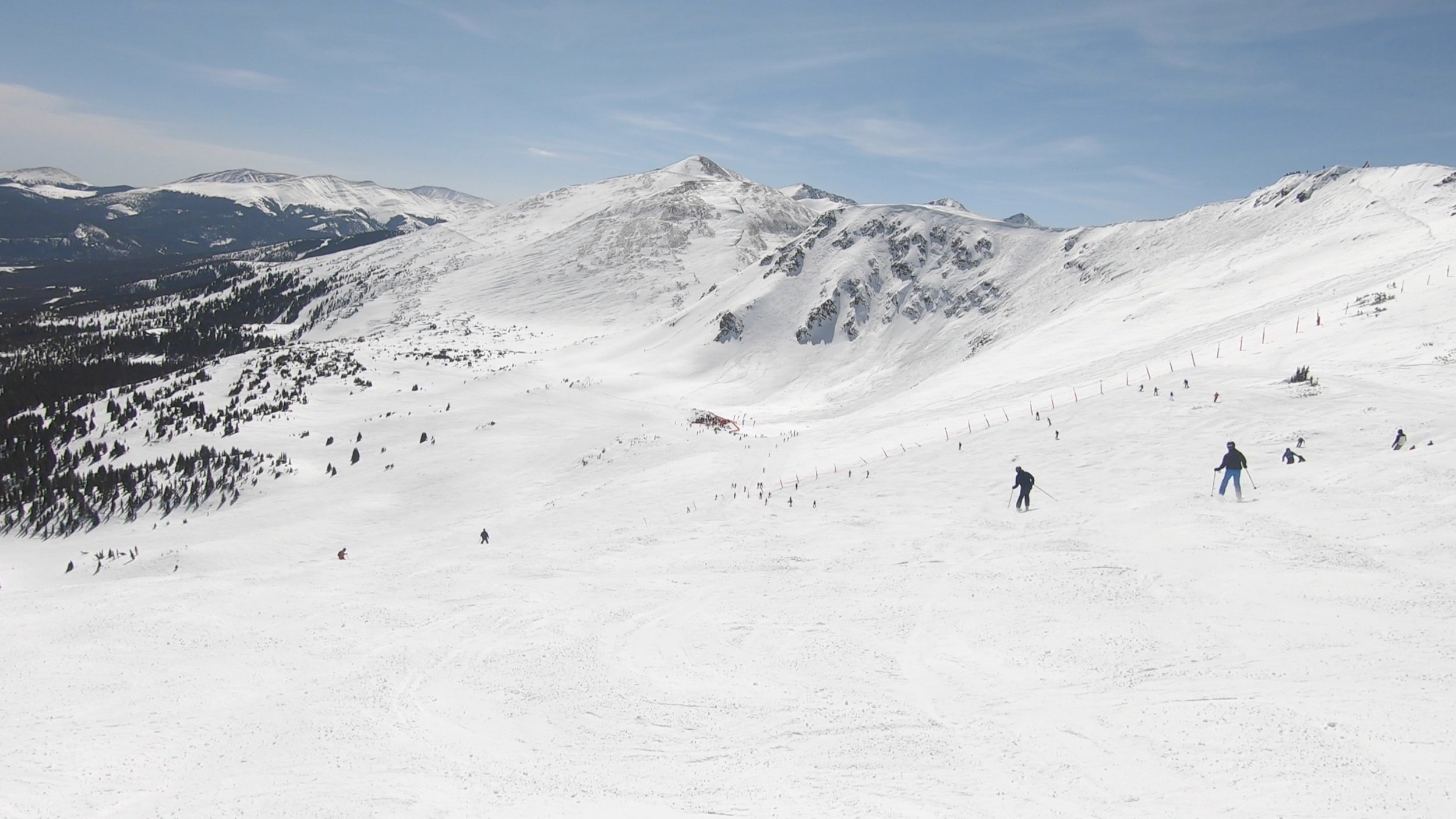

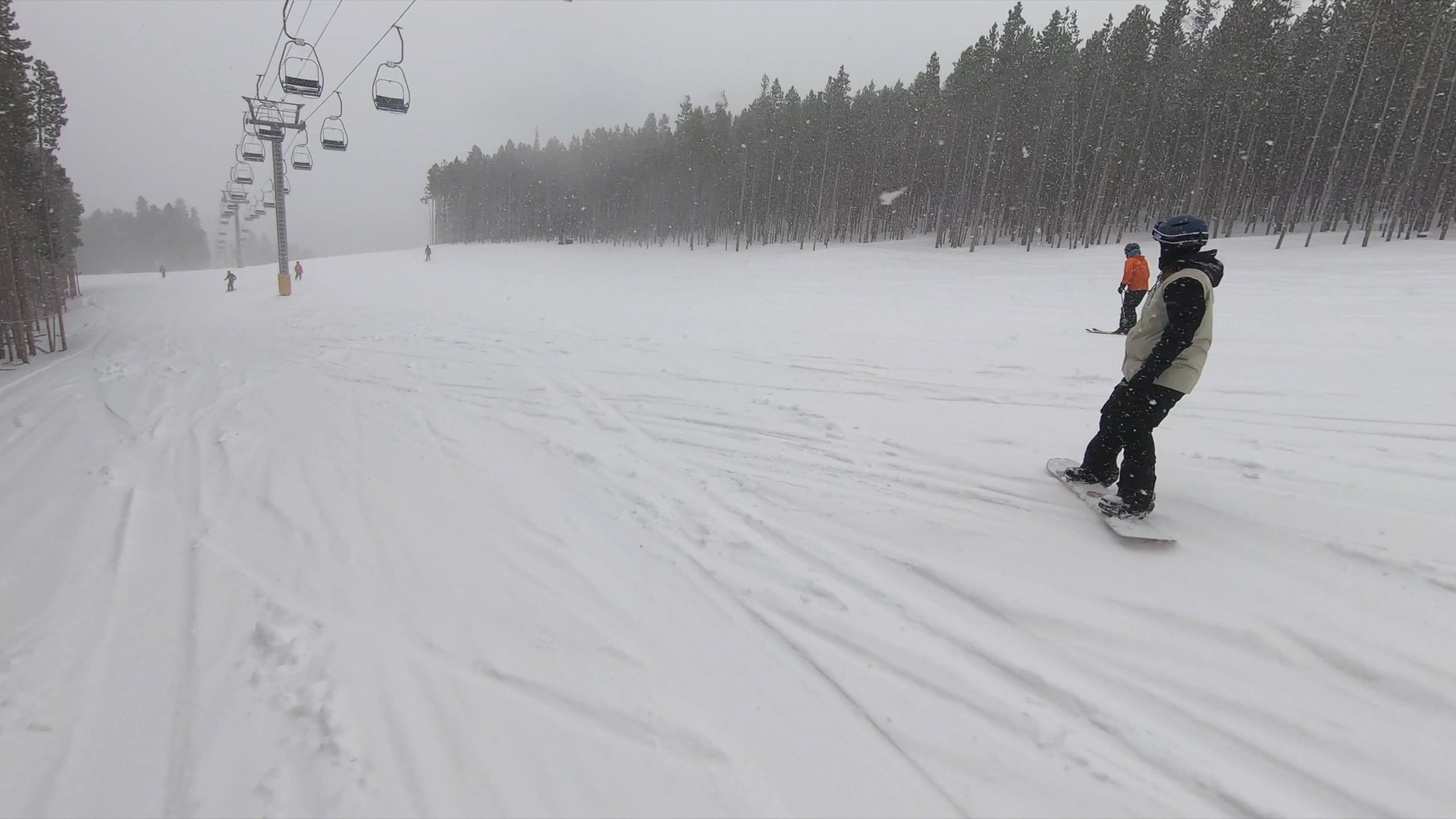
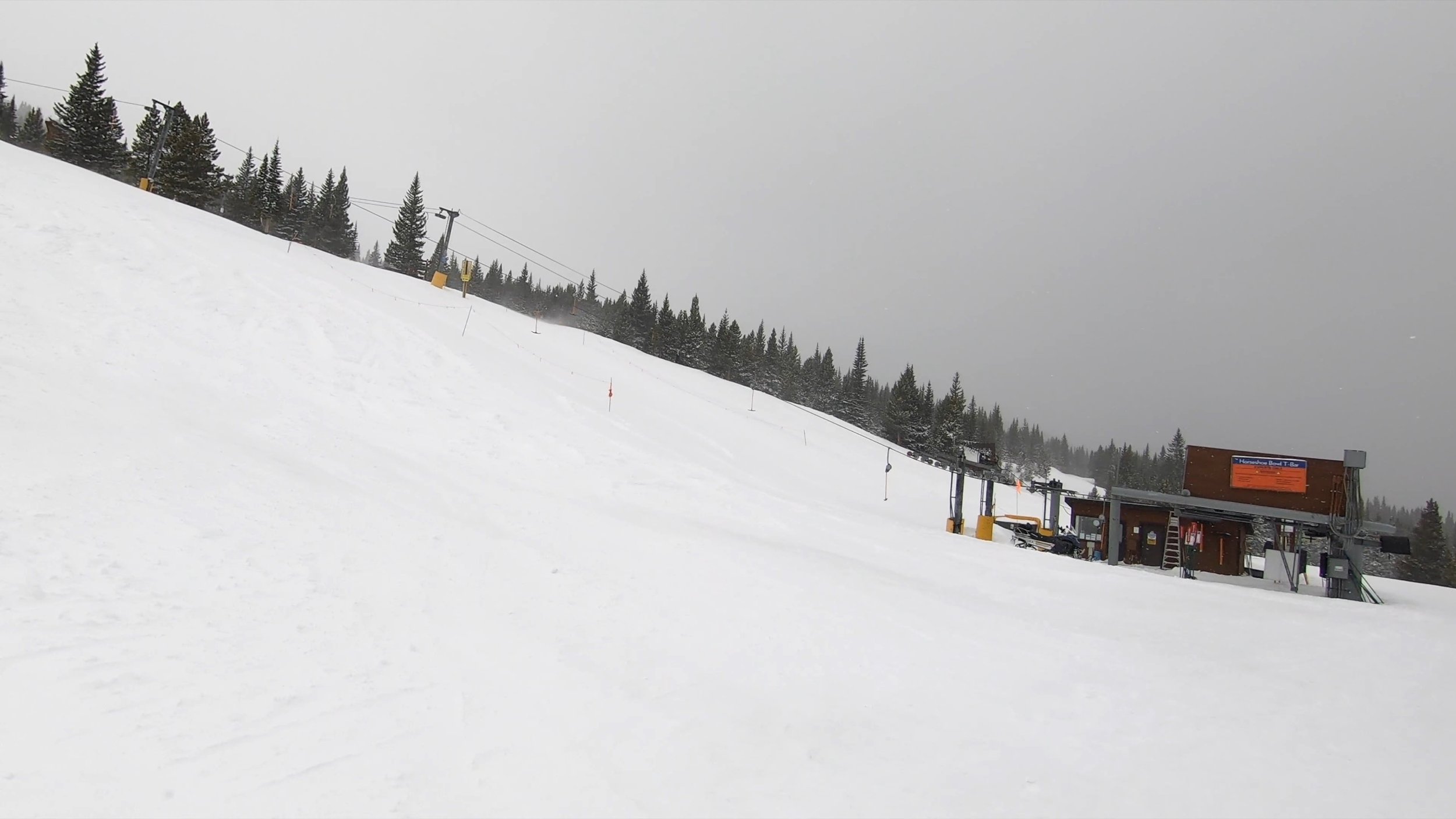







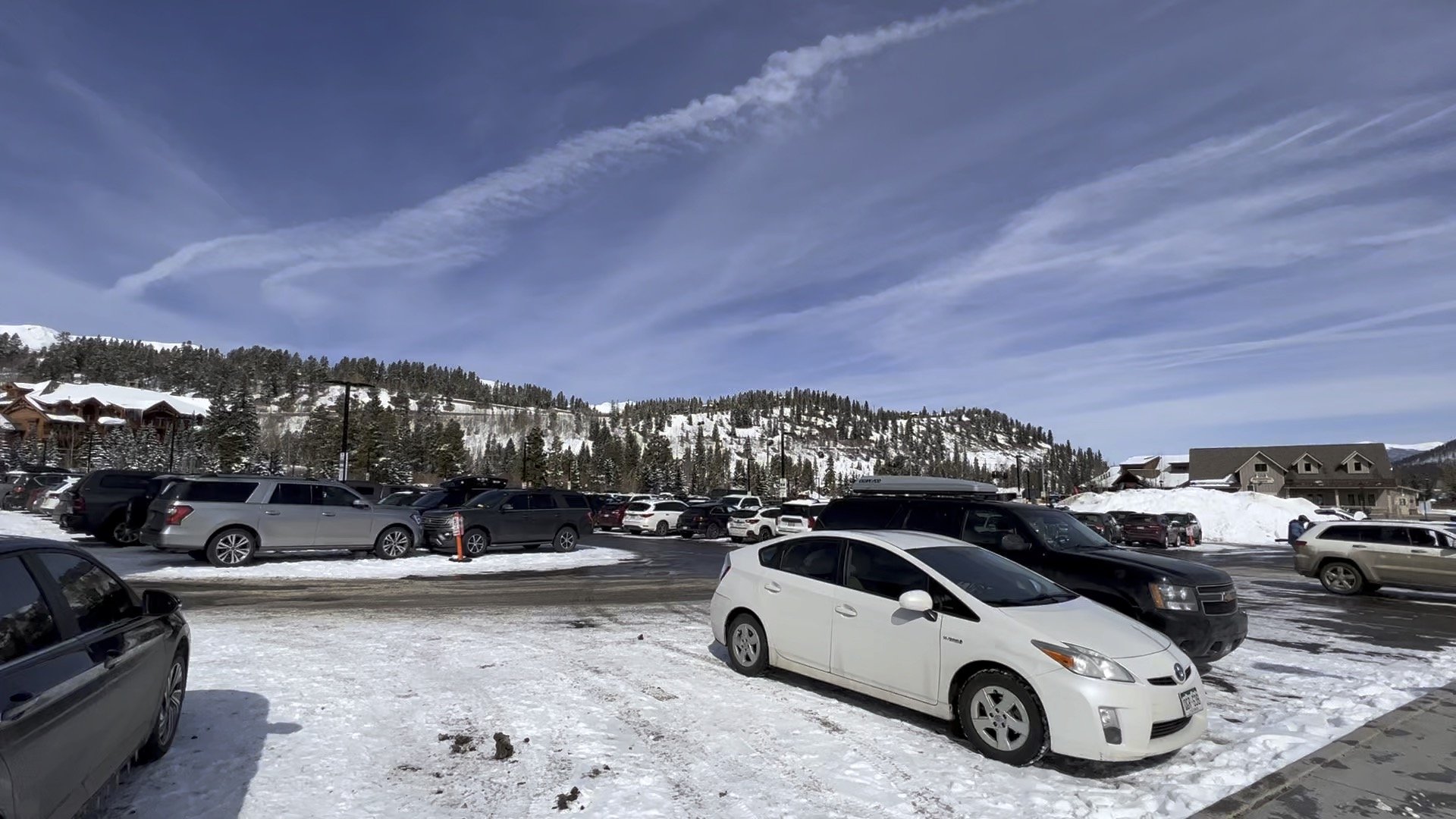

A team of conspirators selling fraudulent ski passes has been uncovered - and what started quietly in late 2020 grew over the next four ski seasons into what prosecutors describe as a “multi-year, multimillion-dollar scheme.”